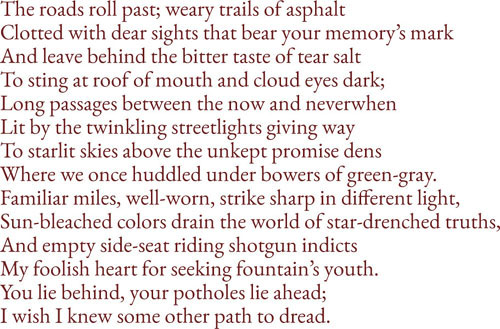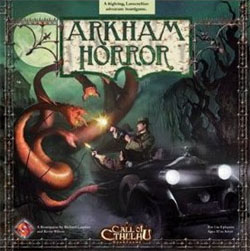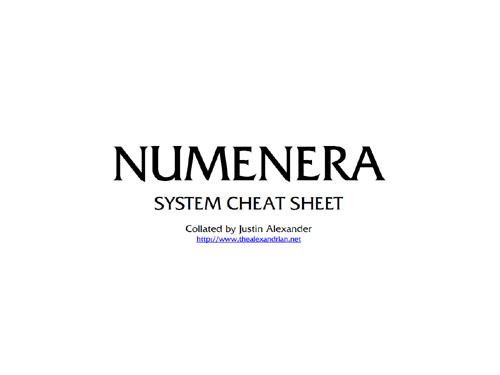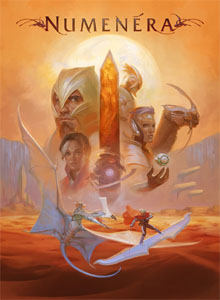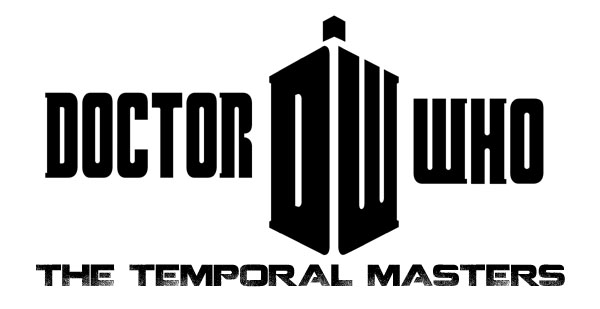
If the Time Lords return, what brand new villain would you create to oppose them?
Anything posing a credible threat to the Time Lords would need a really solid season arc behind it. Any commitment of narrative force less than that and it’s going to be almost impossible to justify something that can stand up to the former/current masters of time and space.
With that in mind…
THE DAWNING CREST
The Doctor takes an action which abruptly triggers the rise of new Lords of Time. No, not the Time Lords of Gallifrey. But the emergence of a new pan-galactic society which fills the same niche that Time Lords once filled before the Time War happened: A species that went back to the dawn of time, reshaped it, and took undisputed control of it.
What would this action be? At the moment, I’d probably hypothesize either something with his daughter (Jenny) or a regenerated River bearing his child. Further afield, we could visit Susan and his great-grandkids… who, it turns out, are hyper-susceptible to the TARDIS radiation when he takes them on a joyride.
Whatever the action is, the point is that it’s a moment of impetus. The Time Lords referred to this as a “dawning crest”: It sets in motion a chain of events which inevitably gives rise to the Temporal Masters. And as soon as that happens, the Temporal Masters exist everywhere and everywhen as the change cascades throughout time.
Unfortunately, something went wrong with the cultural development of the Temporal Masters: The Time Lords could always be a little dick-ish, but the Temporal Masters are positively fascist. They ruthlessly crush any resistance to their preferred timeline (which they refer to as the “pure” timeline). In the new balance of power / balance of existence that the Doctor finds himself in, there are only two major powers resisting the Temporal Masters: The Daleks and the Great and Bountiful Human Empire. Both of these powers are engaged in a Cold Time War fiercely protecting their own prior timelines from being wiped out.
KEY EPISODES
THE DOCTOR’S GRANDDAUGHTER: In which the Doctor makes the choice which results in the Temporal Masters arising. (This, by the way, means that the Doctor is the ultimate genetic progenitor of all the Temporal Masters.) The key moment revealing the passing of the dawning crest is when the Andromeda Galaxy abruptly vanishes from the sky. (Might be interesting to set this episode during the collision between Andromeda and the Milky Way four billion years in the future.)
DAWN OF THE TEMPORAL MASTERS: The immediate sequel in which the Doctor tries to figure out what’s happened to time. We also introduce the Tri-Galactic Time Enforcers (the agency which works endlessly up and down the timestream to ensure that the timeline of the Great and Bountiful Human Empire is not disrupted). Establishing scale here is really important: The Human Empire controls three galaxies, but it nevertheless feels like the United States has been backed up into defending Maryland and nothing else.
ALLIANCE OF THE DALEKS: The Doctor proves instrumental in forging an alliance between the Human and Dalek Empires because only by mutually protecting each other can they resist the Temporal Masters.
THE GENESIS EXTERMINATION: The Doctor is forced to protect the timeline of the Daleks… and fails. If you’re feeling really ambitious, you could pull a “Trials and Tribble-lations” using the classic “Genesis of the Daleks” episode. (So that the Doctor and the Temporal Master agents are running around in the background of the original 4th Doctor/Davros drama.) The Doctor ultimately fails to protect the Dalek timeline: The Thals win the war. The Human Empire now stands alone.

THE MASTER PLAN: Revealing that the Master insinuated himself into the early history of the Temporal Masters, providing a crucial lynchpin for the creation of their modern ideology and their hegemony over time and space. (Does the Master revel in completely corrupting and co-opting the Doctor’s entire legacy? Yes. Yes, he does.)
ANDROMEDA BURNS: The Temporal Masters literally destroy the entire galaxy of Andromeda in order to destabilize the Human Empire’s future timeline. (This is why Andromeda was missing from the sky during “The Doctor’s Granddaughter”.)
TIME LORDS ASCENDANT: In a last, desperate effort to avert the Temporal Masters’ complete ascendancy the Doctor locates and forces open one of the cracks left by the explosion of the TARDIS. (Maybe we put the crack at the heart of the Temporal Masters’ homeworld, serving a role similar to that of the Eye of Harmony in Gallifreyan technology. That way the Doctor has to infiltrate the greatest stronghold of the Temporal Masters.) Gallifrey and the Time Lords return… and now there are two great powers waging the Second Great Time War.
BEYOND THE SPINE
Somewhere in all of this I also have the image of the Doctor’s TARDIS becoming a refugee vessel: The only place where temporal refugees whose timelines have been wiped out can safely continue their canceled existence.
Between and around these episodes, the Doctor can also have a bunch of normal adventures. Because the Human Empire is protecting its own timeline, for example, human history as we know it still exists. And there’s potentially something interesting about the Doctor truly exploring an unknown universe where he doesn’t instantly know everything (because everything has been changed from the reality he knows).

Doctor Who: Temporal Masters – The RPG Campaign


